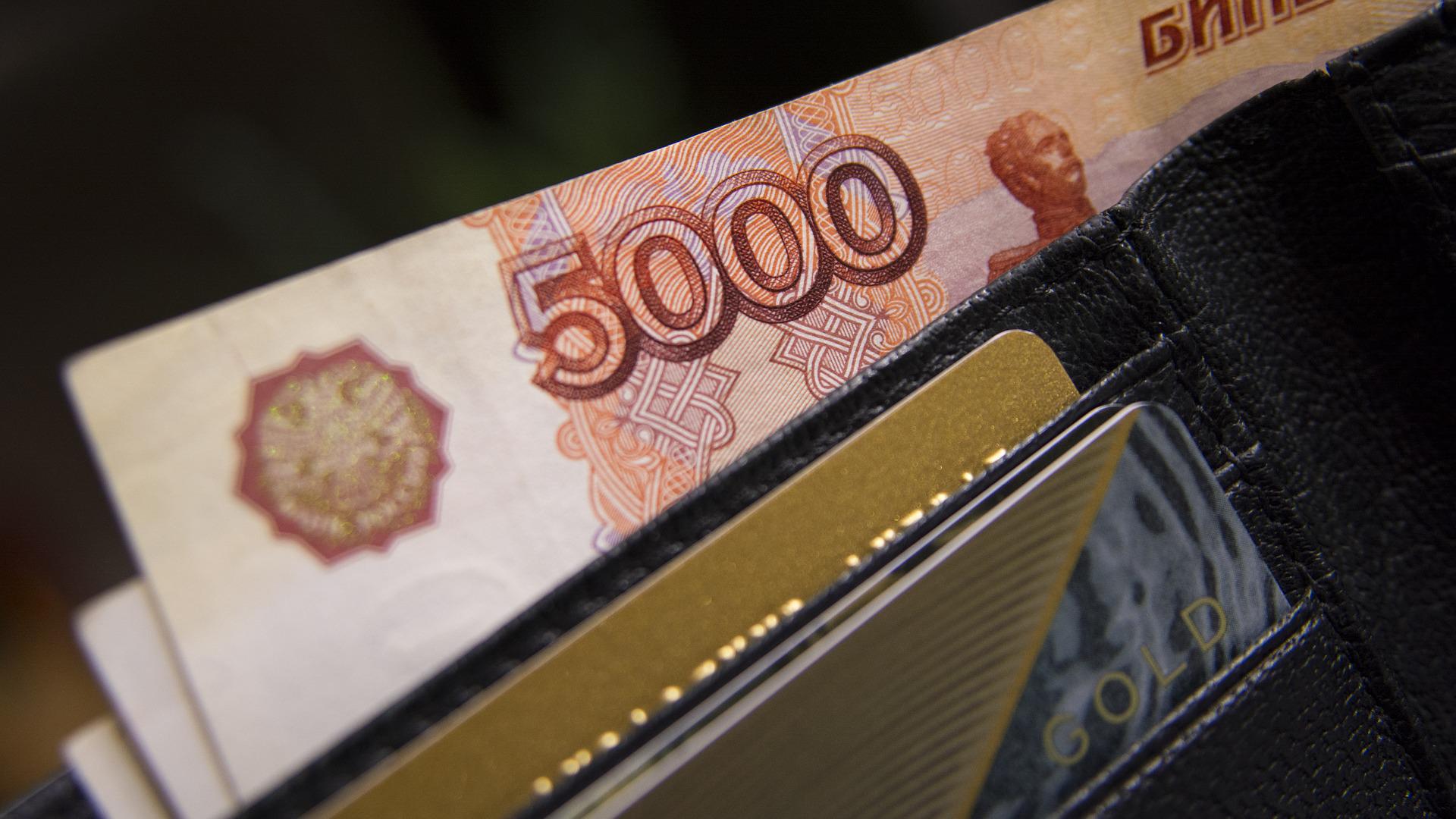The rouble’s stunning rise in the months since has been cited by the Kremlin as “proof” that Western sanctions are ineffective.
“The idea was clear: violently crush the Russian economy,” Russian President Vladimir Putin said last week at the annual St. Petersburg International Economic Forum. “They were not successful. Obviously, that did not occur.”
On Wednesday, the Russian rouble reached 52.3 per dollar, its highest level since May 2015. Thursday afternoon in Moscow, the currency was trading at 54.2 per dollar, slightly lower but still close to seven-year highs.
The rouble has become so strong that Russia’s central bank is actively attempting to weaken it, fearing that it will make the country’s exports less competitive.
That’s a far cry from its low of 139 to the dollar in early March, when the United States and the European Union imposed unprecedented sanctions on Moscow in response to its invasion of Ukraine.
Following the rouble’s initial decline and four days after the invasion of Ukraine began on February 24, Russia more than doubled the country’s key interest rate to a whopping 20 percent, up from 9.5 percent previously. Since then, the currency’s value has increased to the point where the interest rate has been reduced three times, reaching 11 percent in late May.
Russia is the world’s largest gas exporter and the world’s second-largest oil exporter. Its main customer, the European Union, has been buying billions of dollars in Russian energy every week while also attempting to punish it with sanctions.
The EU is now in an awkward position because it has sent Russia exponentially more money in oil, gas, and coal purchases than it has sent Ukraine in aid, which has helped fill the Kremlin’s war chest. Even though many Western countries have reduced their purchases of Russian oil, Moscow is still making a record profit with Brent crude prices 60 percent higher than this time last year.
Although Russia is currently selling slightly less to the West as the West seeks to reduce its reliance on Russia, they are still selling a tonne at all-time high oil and gas prices. As a result, there is a significant current account surplus.
According to Russia’s central bank, Russia’s current account surplus from January to May of this year was just over $110 billion, more than 3.5 times the amount from the same period last year.
“As soon as sanctions were imposed, authorities implemented fairly strict capital controls,” said Nick Stadtmiller, director of emerging markets strategy at Medley Global Advisors in New York.
“As a result, money is coming in from exports while there are few capital outflows.” All of this adds up to a stronger rouble.”
Capital controls – or the government’s restriction on foreign currency leaving the country – have played a significant role here, as has the fact that Russia can’t import as much as it used to due to sanctions, which means it’s spending less of its money buying things from elsewhere.
Russia has now relaxed some capital controls and lowered interest rates in an attempt to weaken the rouble, as a stronger currency harms the country’s fiscal account.
Russia has been left to essentially trade with itself because it has been cut off from the SWIFT international banking system and is no longer able to trade internationally in dollars and euros, according to Hess.
This means that, while Russia has amassed a sizable amount of foreign reserves to support its domestic currency, sanctions prevent it from using those reserves to meet its import needs.
The rouble’s exchange rate is really a Potemkin rate, because sending money from Russia abroad is extremely difficult given the sanctions imposed on both Russian individuals and Russian banks, not to mention Russia’s own capital controls.
So, yes, the rouble is stronger on paper, but that is due to falling imports, and what is the point of building up forex reserves if not to go and buy things from abroad that your economy requires, and Russia cannot do that.”
“Rouble strength is associated with an overall balance of payments surplus, which is driven much more by exogenous factors such as sanctions, commodity prices, and policy measures than by longer-term underlying macroeconomic trends and fundamentals.”
In mid-May, Russia’s Ministry of Economy predicted that unemployment would reach nearly 7% this year, and that a return to 2021 levels would be unlikely until at least 2025.
Thousands of international companies have left Russia since Russia’s war in Ukraine began, leaving a large number of unemployed Russians in their wake.
According to Russia’s federal statistics agency, Rosstat, foreign investment has plummeted and poverty has nearly doubled in the first five weeks of the war.
“It is very uncertain and depends on how geopolitics evolve and policy adjusts,” he says of the rouble’s strength.
#edgeforex #forex #forextrading #forexsignals #rouble #russian #high #forex #balanceofpayments #oil #europe #sanctions

